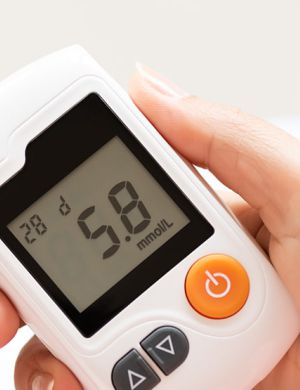
Medical Device Post Market Surveillance
The post-market surveillance (PMS) systems that monitor medical device safety after launch reduce both costs and demands on resources and increase product safety and performance. Before bringing medical devices to market, manufacturers must minimize their risks and ensure patients’ safety. This is monitored by authorities and notified bodies during authorization and conformity assessment procedure.
Building an Effective PMS:
As a medical device or IVD manufacturer, it is essential to ensure up-to-date procedures for PMS to guarantee regulatory compliance and avoid product recall. Building a PMS process, the first thing to do manage product safety and quality. This may include QA/RA, manufacturing, design, field sales, and technical support.
There are two types of PMS – reactive and proactive. Reactive is the most common approach used when setting up a PMS system, but that doesn’t mean a proactive approach isn’t important. A good PMS system can become great by adding proactive measures to ensure only quality products are in the field.
Reactive (Incident-driven) PMS:
Part of this process will involve the maintenance of risk management files and a clear definition of the prompt events that require further investigation of complaints. The examples of reactive PMS are:
- Information about serious incidents, including field safety corrective actions
- Records referring to nonserious incidents and data on any undesirable side effects
- Information and actions from trend reporting
- Information (including feedback and complaint) provided by users, distributors, and importers
Proactive (Review-driven) PMS:
This can include many nontraditional sources, such as social media (e.g., Facebook and Twitter), online product reviews, online discussion forums, or blogs. As part of PMS activities, have a plan or method for evaluating this information. The examples of proactive PMS are:
- Relevant specialist or technical literature, databases, and/or (patient) registers
- Publicly available information about similar medical devices, such as FDA’s Total Product Life Cycle database
- Information from other industries using the same technology as your device (e.g., network connectivity)
- Innovations from your competitors and introduction of alternatives to your device, as these lessen the clinical benefit of your device
PMS Sources:
| Proactive PMS | Reactive PMS |
| Review of Product QualityTesting & Lot verificationPeriodic Risk AssessmentSurveying CustomersClinical trials prior to CE marking, inclusive of PMCFDevice tracking/ implant registries sponsored by manufacturer.Focus groups (Expert users) | Complaints from customersVoluntary user feedback(apart from complaints)Reports of maintenance and service.Routine in-house testingAnalysis of failuresThrough social media and literature reviewsTrials sponsored by non-manufacturers |
These measures are intended to get advice on devices good or bad. Having more avenues to gather advice allows issues to be fixed before large volumes of complaints are received. Additionally, with these extra avenues for advice, opportunities for improvement may be identified that otherwise would not have been through the complaint process.
FDA and EU Approach:
The FDA approach:
Under section 522 of the Federal Food, Drug and Cosmetic Act in the Safe Medical Devices Act of 1990 (SMDA), the FDA is authorized to require manufacturers to conduct PMS for certain class II and class III medical devices. These are:
- Devices where failure would have serious adverse health consequences
- Devices that are implanted within the body for more than one year
- Devices intended to be life-sustaining or life-supporting being used outside a facility
- Devices expected to have significant use in pediatric populations
Examples: infusion pumps (class II); implantable pacemakers (class III); and HIV diagnostic tests (class III).
The FDA can require a surveillance period of up to 36 months or longer, and manufacturers are required to comply with an order for PMS within 15 months of receipt.
The EU approach:
Post-market clinical follow up (PMCF) studies, detailed in the MEDDEV 2 .12/2 Rev 2 in January 2012, are required for some devices that carry potential residual risks or need more clarity on long-term clinical performance, for example:
- Innovative products
- Products that have undergone significant changes
- High risks relating to the product, its anatomical location of use, or the patient population
- Severity of disease
- Unanswered questions concerning safety or performance
- Issues with trial results, long-term safety, performance, adverse events, surveillance data
- Emerging safety or performance data
Don’t miss out! Click here to stay in touch.
Categories
- Biopharma (47)
- Consumer Health (15)
- Cosmetics (8)
- Diagnostics (5)
- Digital Health (8)
- Food (2)
- Medical Device (100)
- OTC (3)
- Regulatory Intelligence (5)
- Standards (41)
Recent Blogs
Get the latest updates from Vistaar

Related Posts
CONNECT WITH US

Let's talk about how DDi can help you






